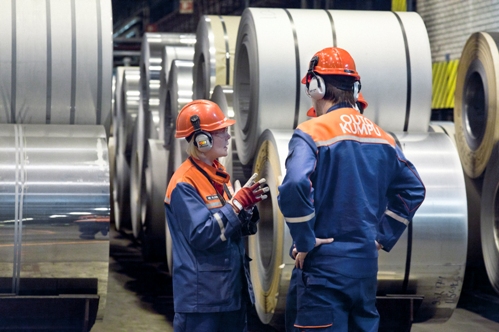Thunder Bay Chronicle-Journal is the daily newspaper of Northwestern Ontario.
It was so refreshing to stand in a room filled with hope, pride and a sense of achievement. It was the opening of Lakehead University’s faculty of law, the first new law school in Ontario in more than 40 years.
You could almost hear buttons popping and chests filled with pride. The little gymnasium at the former Port Arthur Collegiate Institute was filled with a collection of local legal community members, university VIPs, community leaders and provincial visitors, not the least of which, Ontario Premier Kathleen Wynne, Minister Michael Gravelle and MPP Bill Mauro and Mayor Keith Hobbs. Provincial, regional and local representatives who are ever-present at university functions were at the opening in full force.
“What a great day,” seemed to be the first words out of the mouths of every speaker, and there were many — but the refrain never grew old. Everyone in the room was there to cheer a great day for Thunder Bay, Ontario and the country.
The new faculty will be somewhat unique as it offers a focus on aboriginal and environmental law.
The faculty of law, which received a slim $1.5 million from the province, is a huge investment for Lakehead University. Along with the medical school, Lakehead University has risen in the ranks of the Canadian university community by becoming truly comprehensive.
























